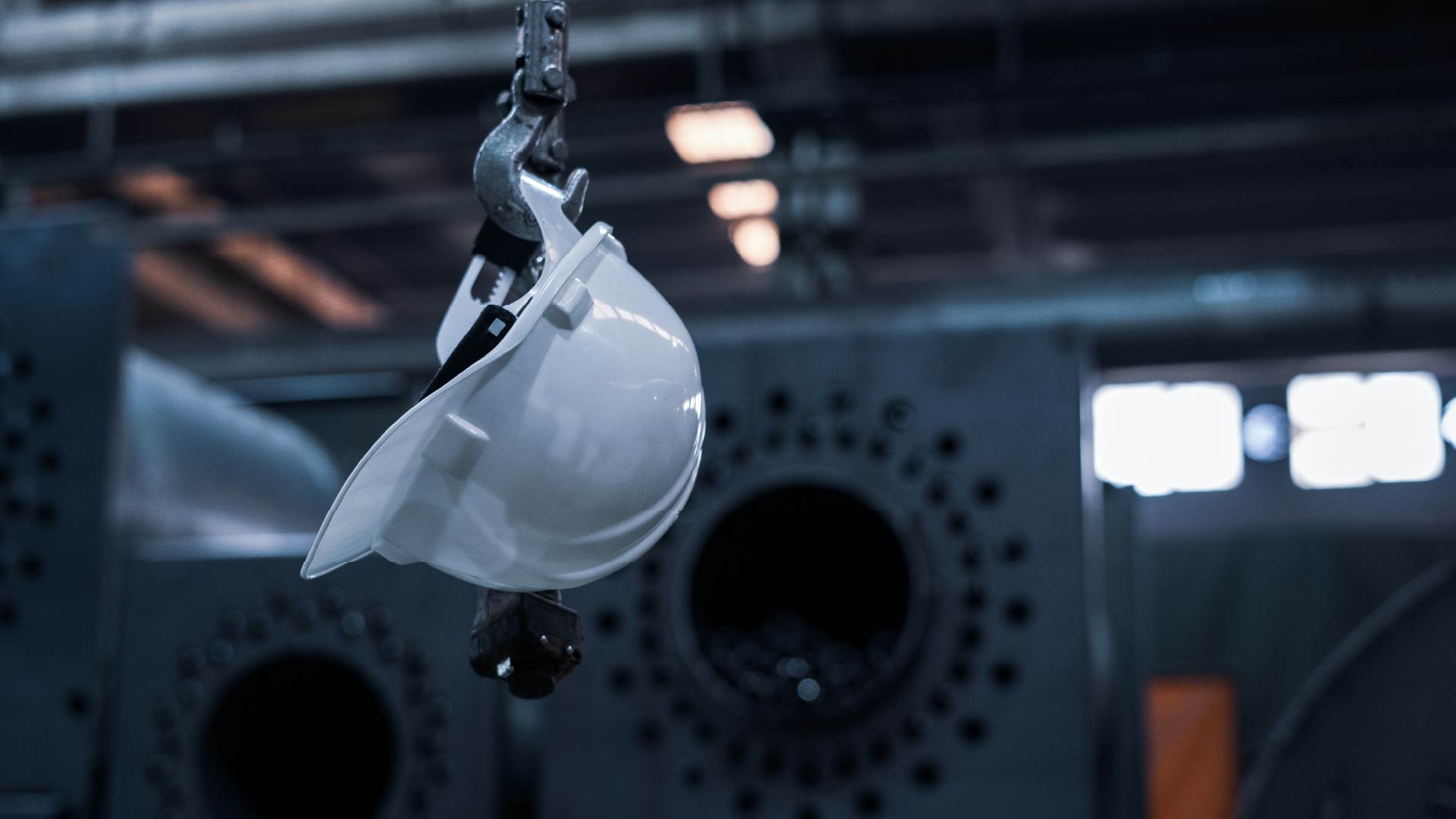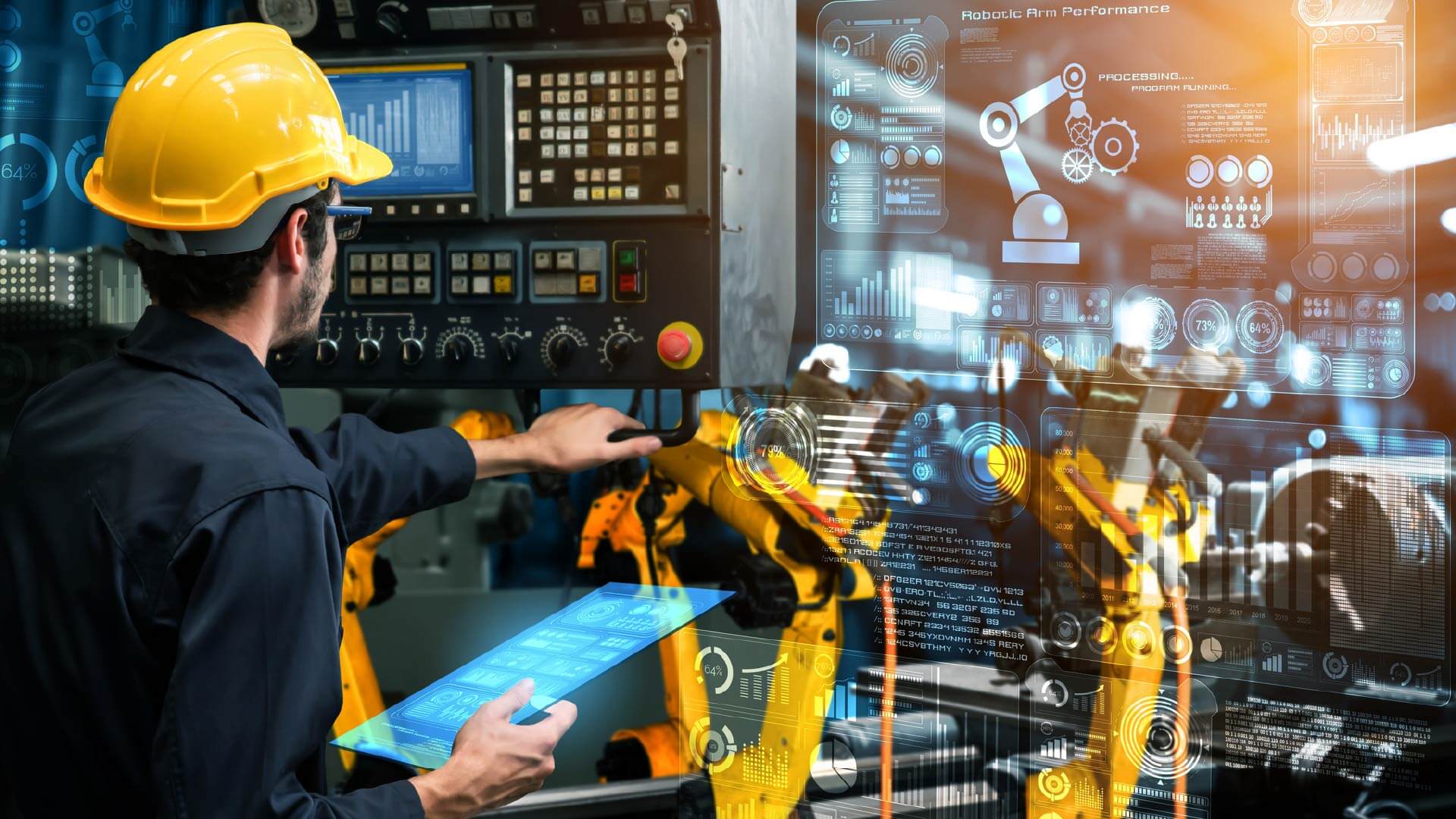Partner In Safety: EHS Professionals Seek The Support Of Agentic AI
AI marks a new stage in the digitization process for EHS functions. Traditional software solutions house vast swathes of EHS data that help streamline common processes such as audits, training and regulatory compliance. Despite their capabilities, however, these offerings fail to provide foresight into future risks and potential incidents. AI – and in particular agentic AI – offers a potential solution to this issue.
The main difference between agentic AI and a traditional AI model is that the latter is reactive and requires human direction as it is built on a pre-defined set of rules. Agentic AI is proactive and can adapt its actions based on the given context. These capabilities enable agentic AI to serve as another EHS professional, analysing patterns in data and forming appropriate recommendations. It can be particularly useful in high-risk industries where hazards are constantly changing and interacting with one another. For example, while a supervisor may address two hazards in isolation, agentic AI can spot the correlation, and escalate these findings to an EHS leader before an incident occurs.
Agentic AI can solve some of the major issues we see in workplace safety programmes, starting with underreporting. This can occur due to fear of retaliation or lack of a positive safety culture – but failure to report observations and near-misses leaves EHS managers unaware of potential warning signs and risks. Instead of relying on humans to flag these issues, agentic AI can analyse data from audits, inspections and hardware tools such as sensors and wearables, to identify trends and notify supervisors.
Another issue is decision overload, which occurs because EHS practitioners still operate on static dashboards despite dealing with vast swathes of data. If multiple risks arise simultaneously, EHS decision-makers have to prioritize them manually. However, agentic AI can contextualize these risks and suggest which to prioritize. In cases where multiple risks are linked, agentic AI can find the quickest possible solution that solves them simultaneously, enabling practitioners to make swifter and more accurate decisions.
Although agentic AI has a number of benefits, poor strategy can prevent organizations from capitalizing on its full potential. To avoid this, organizations must implement rigorous data governance to maintain both quality and consistency. It is also crucial to keep EHS practitioners involved to verify AI-driven decisions: agentic AI should be positioned as a partner to support EHS practitioners, not as a replacement. Firms must adopt a human-in-the-loop approach, where individuals validate and approve the work of agentic AI before proceeding, as a poor decision or hallucination can be catastrophic.
Proactive risk management has been a buzzword in EHS for the last few years, with some technologies being more successful than others. Now, agentic AI presents a viable tool that could realistically help firms achieve this elusive goal. The technology’s ability to adapt and continuously learn increases stakeholder confidence and expands its operational remit. Several EHS software vendors are in the process of creating or rolling out agentic AI solutions that have both broad and process-specific functionality. To read more about EHS-based AI use cases, visit our research portal, and for the chance to hear from and network with EHS professionals across industries, attend our upcoming Transform summit.
About The Author

Zain Idris
Industry Analyst




